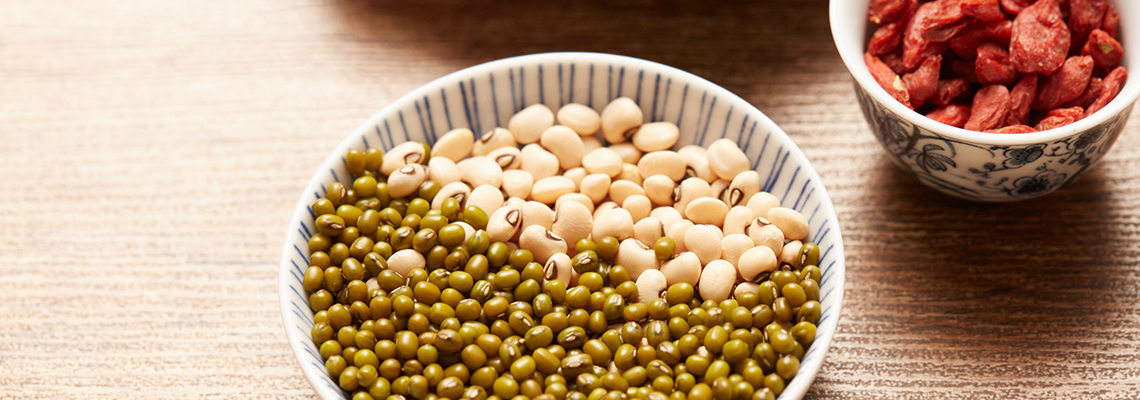The Japanese are known for their health and longevity. The life expectancy for Japan is 85.03 years, according to a 2023 projection by the United Nations. In contrast, the life expectancy in India is 70.42 years, China 78.08, and United States 77.28. Within Japan, the Okinawa region is especially famous for having the highest life expectancy in the world.
The island of Okinawa is located 640 kilometers south of the island of Kyushu. Japan, as we know, is made up of five main islands, Honshu, Hokkaido, Shikoku, Kyushu and Okinawa and countless other smaller islands.
So, besides access to superior health care facilities, what is it that makes an average Japanese live longer and healthier than an Indian? Obviously it has a lot to do with the Japanese lifestyle and diet. Let’s take a look.
According to gerontologists (they are specialists in the field of ageing and study the specific needs of older adults), their long lives are due to a combination of factors, which include a nutritious diet, regular exercise, living with a sense of purpose, also known as Ikigai in Japanese, close knit families and communities and the pursuit of spiritual wellbeing through tai chi, karate and others.
Basically, the Japanese approach to good health and longevity is holistic. It is not just about the food that they eat but also the way their attitude and mindset.
What do Japanese diets have?
When we talk of a typical or a traditional Japanese diet, we are talking of one which is high in vegetables, seaweed, fish and fermented food. What stands out about the Japanese diet is its emphasis on fresh and unprocessed with very little use for dairy, refined products or sugar. Fruits like apples, tangerines and persimmons are also a part of their diet.
With Japan being an island country, the consumption of fish is really high, especially in the raw form as sushi and sashimi and a lot of pickled, fermented and smoked food. Soya beans are also another Japanese staple had in the form of tofu or fresh edamame along with other beans. Fermented products like miso and natto are also popular part of their diet.
Marine vegetables like seaweed are a storehouse of minerals and help in keeping high blood pressure in check. The Japanese also consume a lot of green tea, especially Matcha tea. It is a stone-grounded and powdered green tea which is gaining a lot of popularity all over the globe because of its antioxidants, which are known to fight cancer, heart disease and many viruses.
A diet high in grains, fruits and vegetables, with moderate amounts of meat and soy products and minimal amount of dairy, drastically brings down the risk of dying of stroke or heart disease. The Japanese also have lowest rates of obesity among both men and women along with long life expectancy.
Another point in favour of the Japanese is their attitude towards eating. Like with everything else, they practice a certain sense of restrain and moderation even in the way they eat. The idea is to eat only till they are about 80 per cent full.
You will never see the Japanese piling food high on their plates. That’s not their way. They prefer to instead eat from a small bowl and enjoy a bit of several dishes, like rice, miso, fish, meat and some vegetable dishes. This restrain is also seen towards desserts and snacks.
The Okinawa approach to health
But if we talk specifically of Okinawa, the tiny island has the world’s highest number of centenarians. And that’s not all. It also has the lowest rate of diseases like diabetes, cancer, arthritis and Alzheimer’s.
One of the primary reasons behind this is the fact that the Okinawan people have still not been influenced by Western food habits. Their diet is low in calories and saturated fats and high in phytonutrients, especially flavonoids. It is also generally high in plant-based estrogens.
The Okinawa diet is quite similar to the traditional Japanese diet and is rich in antioxidants and nutrients. However unlike other Japanese, the people of Okinawa consume very little rice. Their staple diet consists largely of sweet potato, whole grains, legumes and vegetables. The Okinawa approach towards good health includes mindful eating and daily physical activity.
A typical Okinawa diet
- Vegetables consist of almost 60 per cent of their diet. They include sweet potatoes, seaweed, kelp, bamboo shoots, daikon radish, bitter melon, cabbage, carrots, okra, pumpkin and green papaya.
- Grains like millets, wheat, rice and noodles comprise around 30 per cent of their diet.
- Soy in the form of tofu, miso, natto and edamame comprises 5 per cent of their diet.
- Meat and seafood include 1-2 per cent of their diet. Fish is generally white fish, seafood and pork.
The other one percent consists of alcohol, tea and broth. Jasmine tea is consumed in great quantities. The macrobiotic diet finds its roots in the Okinawa diet.

